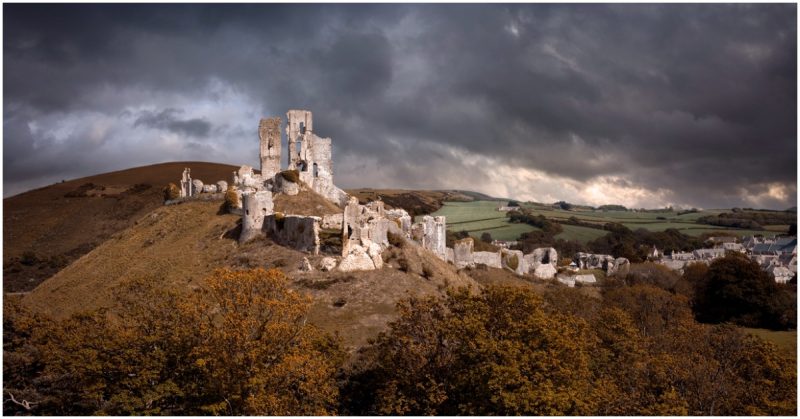By Guest Blogger Jemahl Evans
The English Civil Wars (there were three, involving all the nations of the British Isles) were some of the most destructive conflicts in British history. From the opening shots in 1642 to the execution of the King in 1649, 10% of the adult male population were killed: compare that with 3-4% of the male population in World War 1 and 2% in World War 2. The conflict also laid the foundations of Britain’s modern democracy, securing the supremacy of Parliament over the Crown. Yet, perhaps the most important event in British History is often overlooked beyond caricatures of the two sides as Roundheads and Cavaliers.
So, what caused the English Civil War?
When Elizabeth I came to the throne in 1558, she was faced with the immediate prospect of a religious war breaking out between Catholics and Protestants in England, and a Royal Exchequer that was nearly bankrupt. Elizabeth defused both situations with her typical aplomb: her religious settlement compromised between the competing factions and worked extremely well for fifty years.
Elizabeth also dealt with her Parliaments with intelligence and man management that politicians of all ages could learn from. Only Parliament could raise new taxes, so all English monarchs were reliant on it to pay for the Royal administration. Elizabeth did not bulldoze Parliament as her father had done, but cajoled, manipulated and schemed to get her own way. In this, she was just as successful as Henry VIII in controlling the nation, and almost always kept the majority in Parliament on her side. Elizabeth wrapped the commons and Lords around her little finger with brutal charm. All done in the face of potential invasion by the first global superpower – Catholic Spain.
The victory over the Armada was seen as national salvation and God’s ultimate judgment on the English church, securing Elizabeth’s historical legacy. She may have suffered from unpopularity in her later years, but after her death, the reign would be remembered as a golden age. Elizabeth cast a long shadow over the Stuart kings.
James I had neither his predecessor’s wit nor wisdom and as a foreigner relied, at least initially, on Elizabeth’s administration. This was to prove vital in 1605 when the Gunpowder Plot was exposed. The impact of the plot on the protestant majority of the population was dramatic, heightening a deep sense of distrust with Catholicism in general. Rather than reigniting the papist cause, the failure of the plot finished any real prospects of an English return to Rome. Many expected a protestant backlash, but James was not about to dismantle the Elizabethan settlement that had kept the peace for fifty years. This angered the Puritans – protestant extremists – who wanted the remaining elements of Catholicism in the English church stamped out.
Parliament was a different matter. Elizabeth and Cecil had been the arch manipulators of the Commons and Lords. James approached them with less sophistication, merely expecting his will to be done as it generally had been in Scotland. In 1611, when Parliament reminded James that he could not raise customs duty without their consent, he had a typical Stuart fit of petulance and dismissed it. James then ruled without Parliament for ten years, relying on his sycophantic favorites to govern the country. This unsurprisingly alienated the burgeoning middle class, who had grown dramatically in wealth and political power under the Tudors.
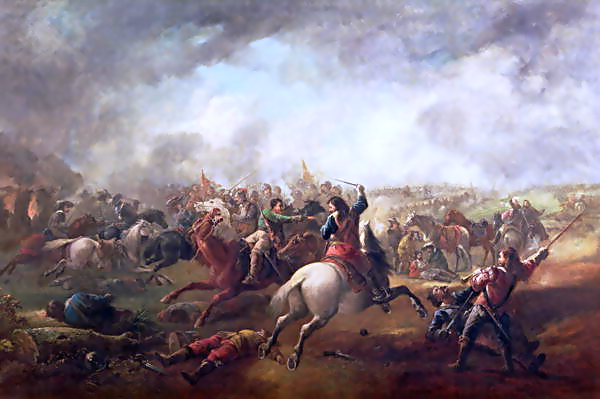
In 1621, James recalled Parliament to discuss his son’s marriage to a Spanish princess. The protestant MPs, with an increasing number of radical puritans, were horrified. Not only was she Spanish – England’s traditional enemies for a century – but she was also Catholic. The marriage was stopped (despite Charles taking off for Spain in disguise on a disastrous, and ill-advised, romantic holiday) but it exacerbated the deep sense of distrust between the Monarchy and Parliament.
Finally, we come to Charles I – poor, conceited, deluded Charles I – who squabbled with his Parliaments from the very start of his reign. There were a multitude of issues but they all boiled down to two factors – religion and money. In the end, in 1629, he followed his father’s example and dismissed Parliament preferring to rule alone, no matter what the financial constraints, rather than work with the Commons and Lords.
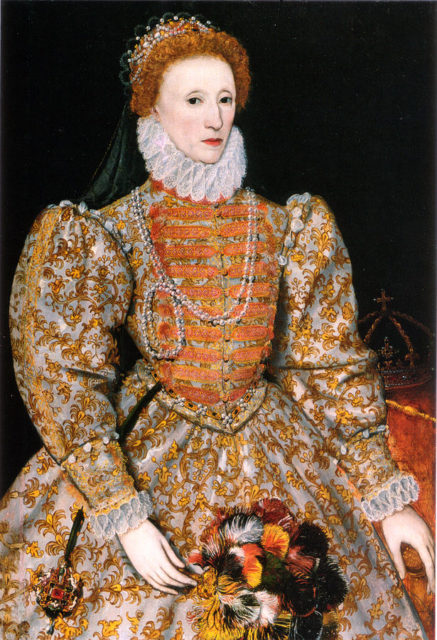
What followed was termed a personal rule by his supporters – royal tyranny by his detractors. Charles used every trick in the book to raise revenue rather than calling Parliament. He resurrected ancient laws and privileges long dormant to keep the cash flowing.
Charles literally did everything he could to raise money, and more. He sold titles at a rate even Lloyd George would be embarrassed by, and levied extreme fines through the Court of the Star Chamber (A royal court that could circumvent established legal precedence). This approach made him extremely unpopular with the taxpaying middle class who were most likely to end up fined, and culminated in the Ship Money crisis of the 1630s.
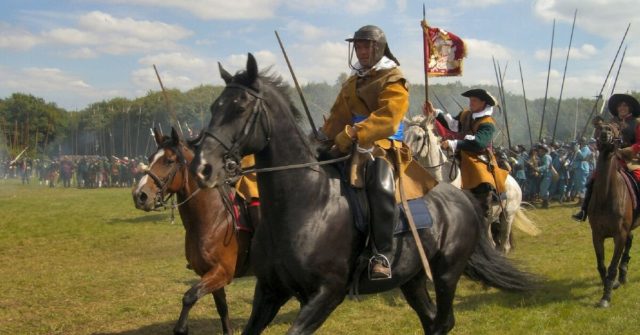
Ship money was a tax levied on all coastal towns to pay for the upkeep of the Royal Navy. In 1635, Charles decided that as the whole nation benefitted from the defense the navy provided, then the whole nation could pay. This was not so unreasonable, however, it needed the consent of Parliament to be legal – at least in many people’s eyes. John Hampden (a Buckinghamshire MP) refused point blank to pay until it was affirmed by the Commons. Charles put him on trial in the Star Chamber, and when he was found guilty levied a fine. Hamden’s defiance made him a national hero in the face of Royal power.
Whilst the financial arguments were going on the problems with religion bubbled away. The Spanish match may have been stopped, but Charles had married the Catholic French Henrietta Maria, instead of a good protestant princess. There was an increasing fear that Charles was turning towards Catholicism – urged on by his wife – which after the Armada and Gunpowder Plot was unacceptable to the majority of the population. During the 1630s, this fear grew into manic paranoia as Charles persecuted Puritan sections of the population (he also persecuted Catholics but that was overlooked by most people) driving many to emigrate to the colonies to be free of him. The Pilgrim Fathers were merely the first in a tidal wave of colonists that almost included Oliver Cromwell.
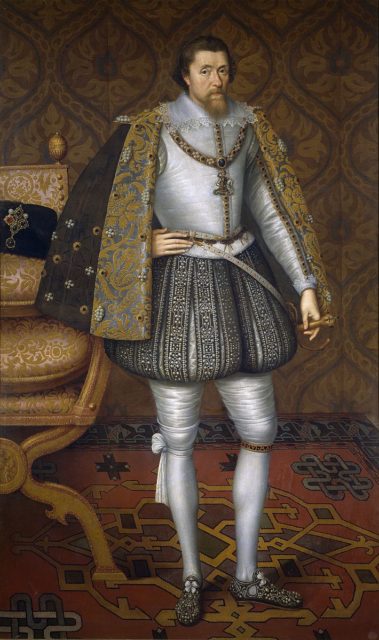
In 1638, Charles made a fatal mistake and, for a Scot, an incredibly stupid one. The Scottish church had never been a part of the Elizabethan religious settlement – it was a different country. The Scots had reformed their church along a more radical protestant system, and had abolished bishops in favor of a Kirk – a grand conclave of elected ministers that governed the church – known as Presbyterianism. Catholicism was just as repugnant to them as the radical Puritans in England. Charles decided that Scotland would be the first nation to take his religious reforms. The Scots were having none of it. They promptly raised an army and told Charles and Archbishop Laud to stick their reforms where the sun don’t shine, invading northern England in 1639.
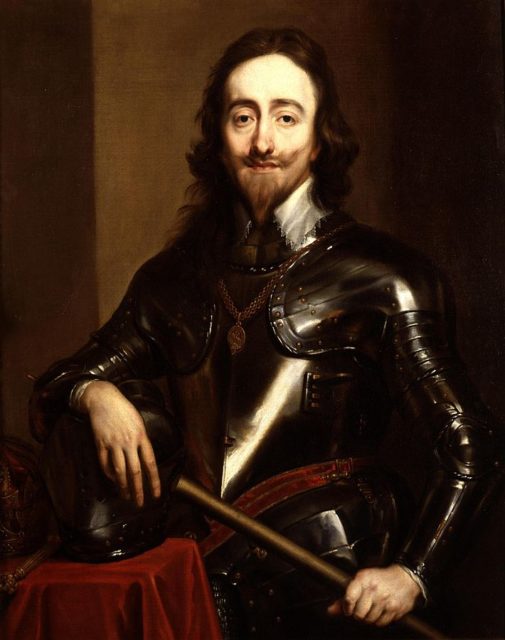
Wars cost money. There was no standing army, only a poorly trained and equipped militia (in London the quality of the Trained Bands was considerably higher). Charles emptied his coffers to raise a force to subdue the Scots but the campaign never got off the ground. When he finally managed to gather a force it was hamstrung by lack of funds. Desperate for more money to fight the Scots, Charles recalled Parliament.
Parliament had no interest in raising money for the King; they wanted to discuss his infringements on their liberties, his raising of illegal taxes, and his persecution of the Puritans. Charles swiftly dissolved Parliament once again, and tried to carry on the war without the money. He had little success: the Scots routed his troops at the Battle of Newburn (1640). In August 1641, The Treaty of London was signed with the Scots but Charles needed to recall Parliament to ratify it.
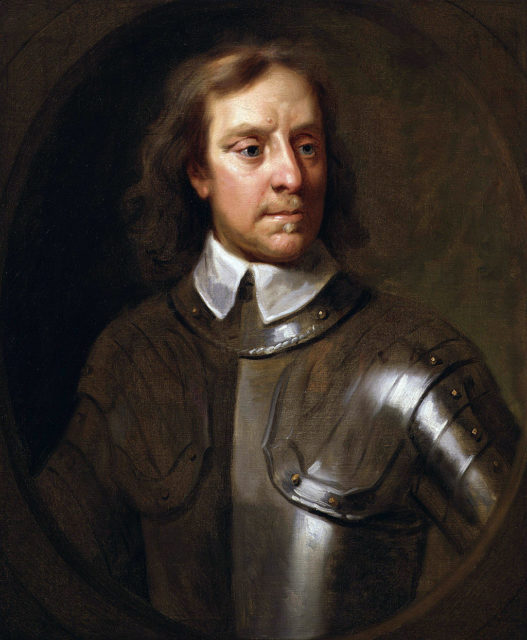
The members that gathered were incensed with the King and his closest advisor the Earl of Strafford, and the House of Commons was overwhelmingly hostile. Instead of ratifying the treaty and signing off funds for the King, they openly attacked his administration. Firstly, under the leadership of John Pym, they impeached Strafford and forced Charles to sign his death warrant. Then, they issued the Grand Remonstrance – a list of criticisms of Charles rule. The remonstrance was perhaps a step too far by the radicals, as many moderate members of the Commons and Lords were appalled. Parliament and the country was dividing into two camps.
In January 1642, Charles made a desperate attempt to regain control of the situation by arresting the most prominent radicals whilst they sat in the old Houses of Parliament (including John Pym and Hampden but not Cromwell as the film claimed). This was in defiance of a centuries-old privilege that MPs could not be arrested whilst sitting. Pre-warned, the five members escaped but Charles had gone a step too far. He was forced to flee London, and started gathering an army to fight his enemies. By August 1642, skirmishing and fighting had broken out and the King raised his standard in Nottingham, effectively declaring war on his own people.
The Civil Wars had begun.
Author: Jemahl Evans
Jemahl Evans is a Welsh author and historian. His first novel – The Last Roundhead – was published in August 2015, and nominated by NetGalley as one of the UK’s top ten books being released that month. It received good reviews in the Sunday Times and from the Historical Novel Society. The second book in the series – called The Deceitful Light – will be published by Holland House Books in September 2017. Follow him on twitter @Temulkar
